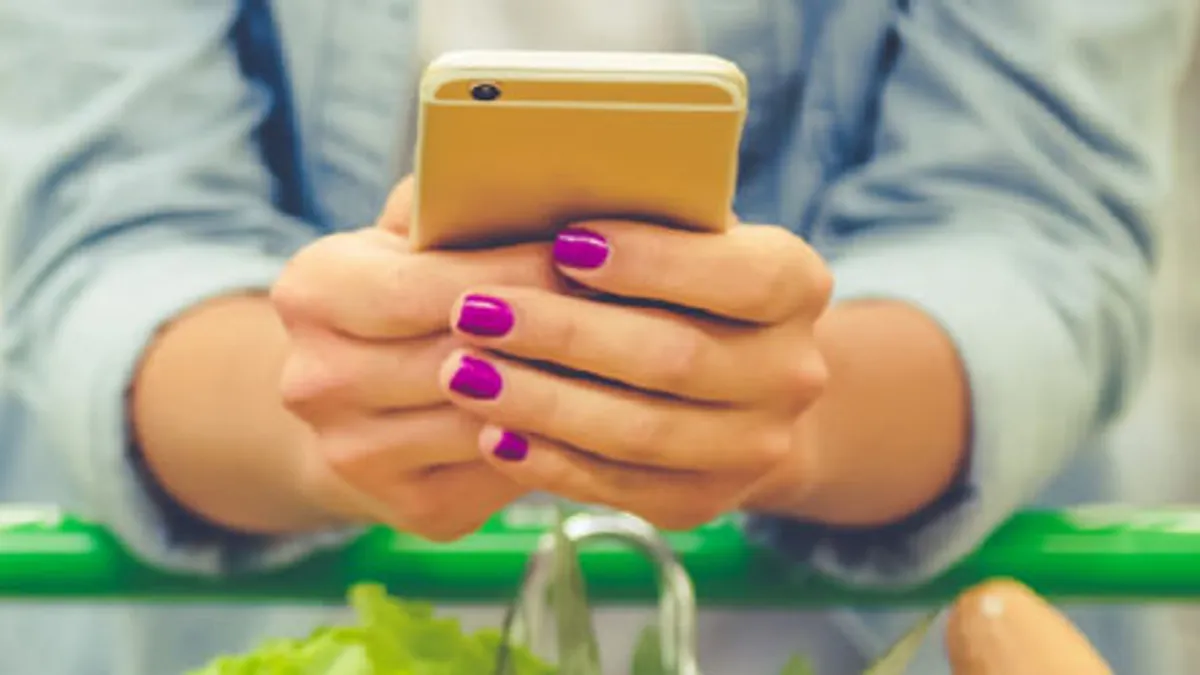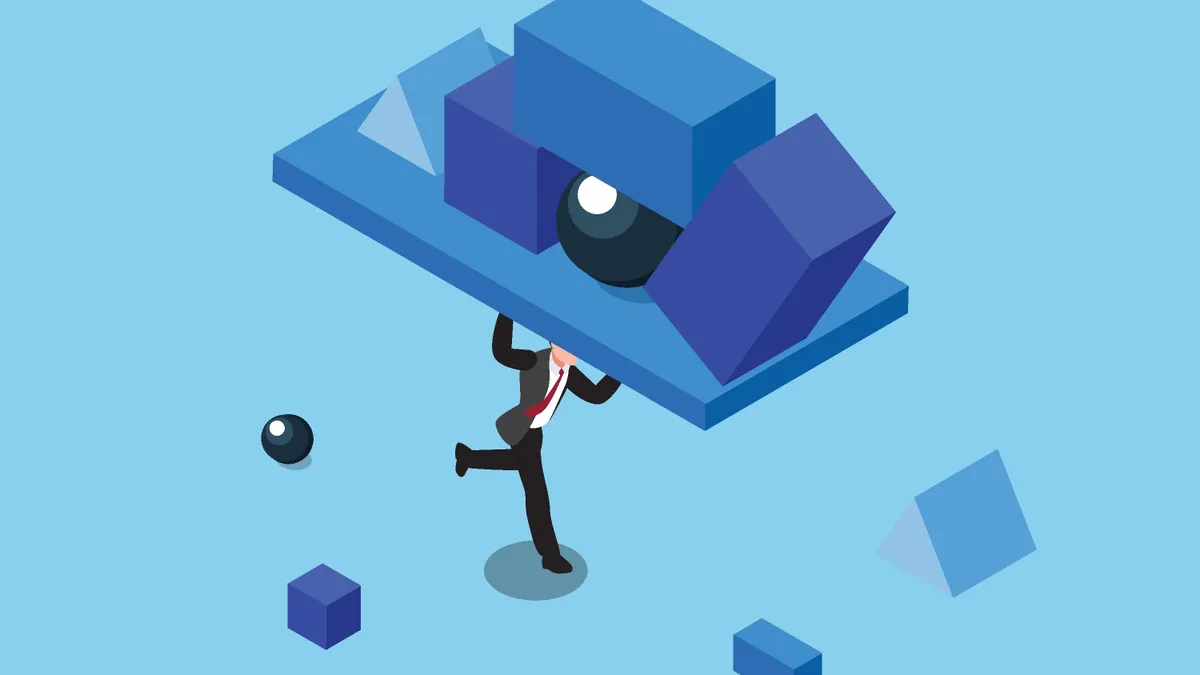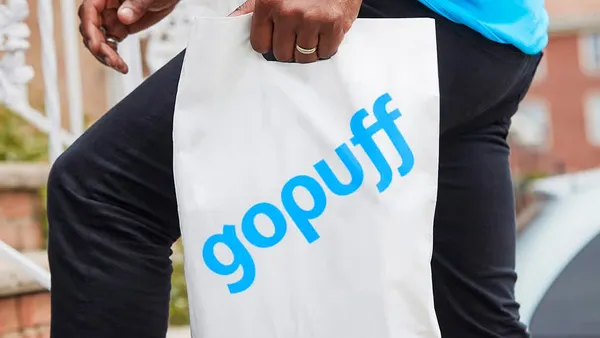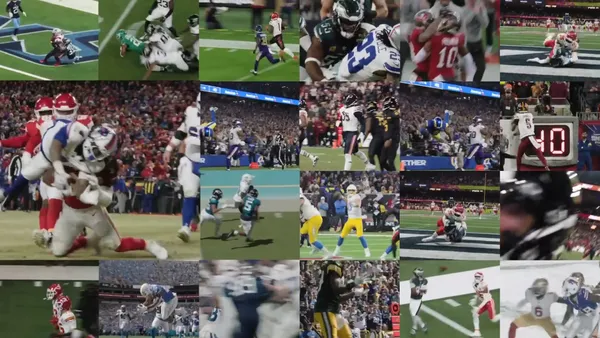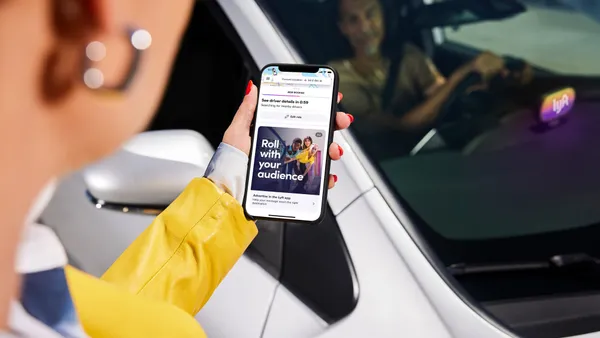No question, the retail landscape is changing, and CPG marketers need to take a closer look at mobile technology. Smartphones are ubiquitous, used by 80% of American adults. Nearly half (46%) of those people use mobile coupons—which is especially significant when one considers that about 98% of all grocery purchases still happen in-store.
Moving the needle on shopper behavior no longer means generic newspaper ads and Free Standing Inserts (FSIs). Today, influence happens more intimately: through the shopper’s smartphone, before, during and after a shopping trip. And as smartphone use continues to fracture the traditional customer journey into dozens or hundreds of real-time, intent-driven moments, CPG marketers who want to maintain shopper influence must evolve their strategies to keep up.
In this three-part blog-post series, we’ll dig into the challenges facing CPG marketers today and strategies to stay competitive.
Challenge: Effectively Reaching Always-On Consumers
Eighty-one percent of smartphone users say they almost always keep their devices near them during waking hours. And, on average, Americans spend nearly three hours a day looking at their mobile screens—2 hours 25 minutes in-app and 26 minutes in a mobile browser. App time alone accounts for nearly 20% of total time people spend on all media. But if mobile devices are windows through which brands and retailers can reach customers, those windows are getting smaller and smaller: Consumers now compulsively multitask with their mobile devices, spending a few minutes on their smartphones while waiting in line, commuting to work, shopping in a store, watching their children’s after-school activities, or lying in bed. How do brands cut through the noise to grab consumers’ fragmented attention, especially now that shoppers are no longer just waiting for the Sunday paper to get coupons?
Solution: Capture & Leverage Those Micro-Moments
Micro-moments are reflexive, on-the-fly responses to a desire or need. Google has found that consumers are more loyal to their intent or desire in the moment, than they are to their preferred brand or store, and Forrester analyst Brendan Miller argues that shoppers today expect an experience almost devoid of friction. That means less coupon clipping and keeping track of paper promotions, and more digital coupons via retailer apps that make saving a breeze.
“The idea that someone can save $5 in five seconds on the fly with digital coupons is a real change for the whole marketplace,” says Dave Johnson, VP of sales for shopper marketing at Quotient.
Building a strong marketing strategy to identify and capture those micro-moments means thinking both about discovery and redemption: optimizing CPG content and promotions for easy search on a mobile browser, presenting offers via retailer apps that make flagging relevant coupons as easy as tapping a button to add to a store loyalty account, and using smart algorithms that can pair digital promotions to expand shopper purchases. “Let’s say someone is searching for a shampoo coupon—showing them a promotion for conditioner is an effective way to influence their purchasing decision beyond that initial search,” says Johnson. “Pretty much anything you can think of within the promotions realm is possible when you move to digital.”
Want to learn more? Download the full white paper to read about two other digital strategies to build stronger 1:1 relationships with shoppers.

